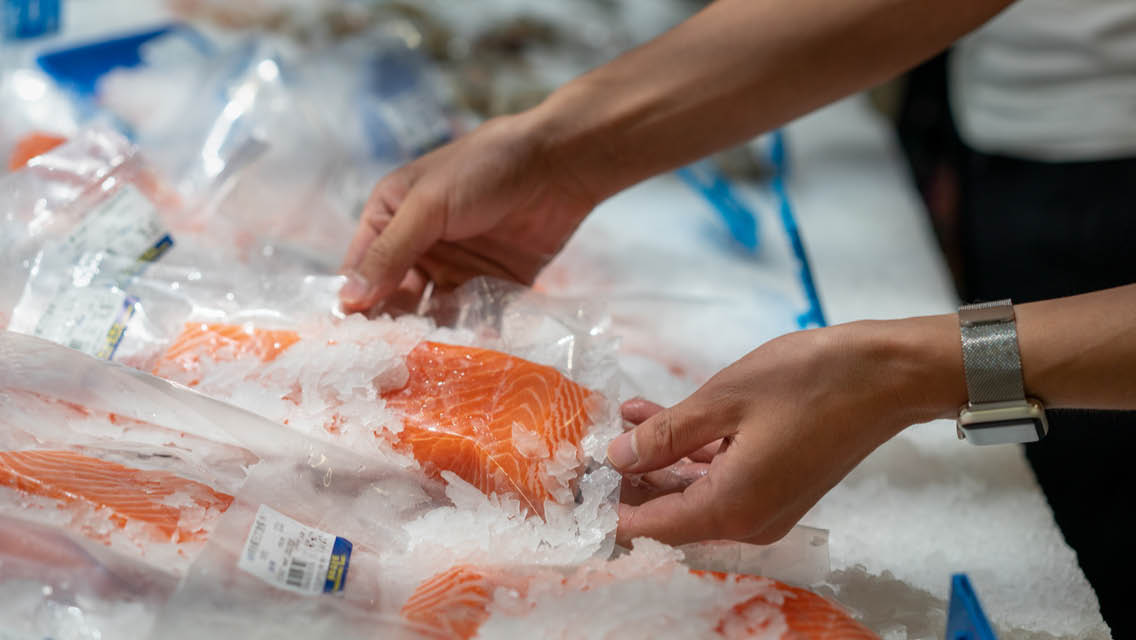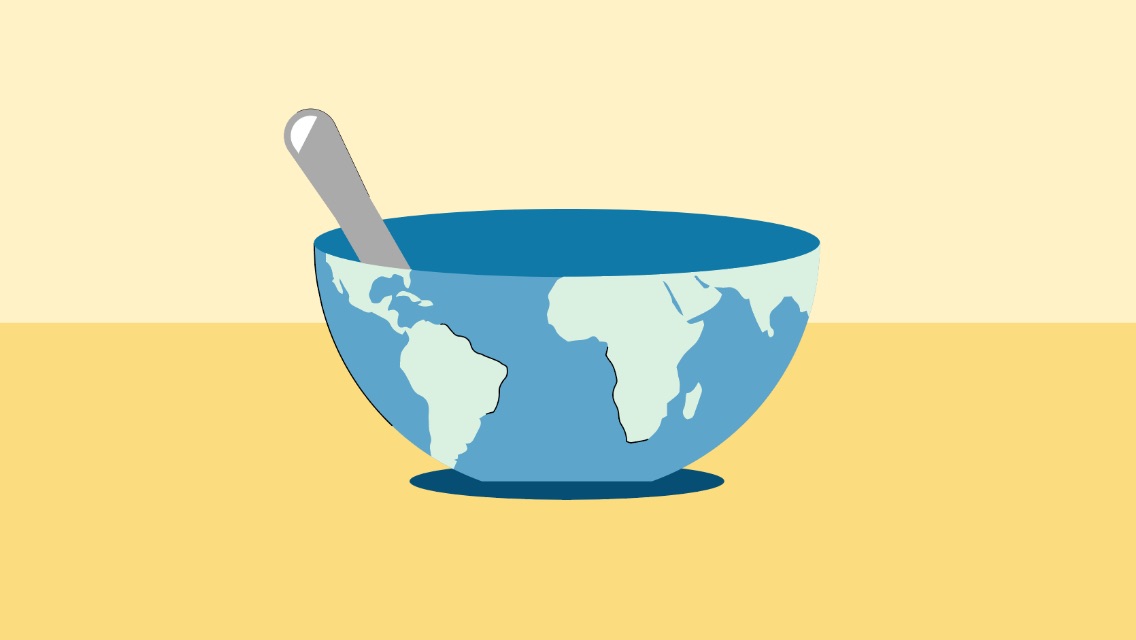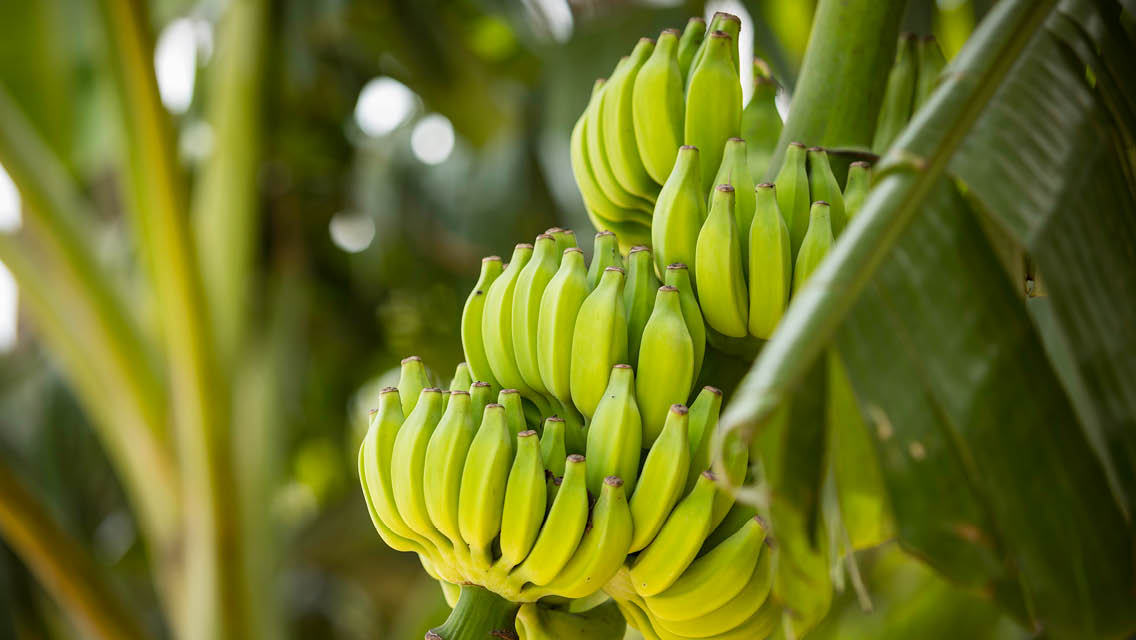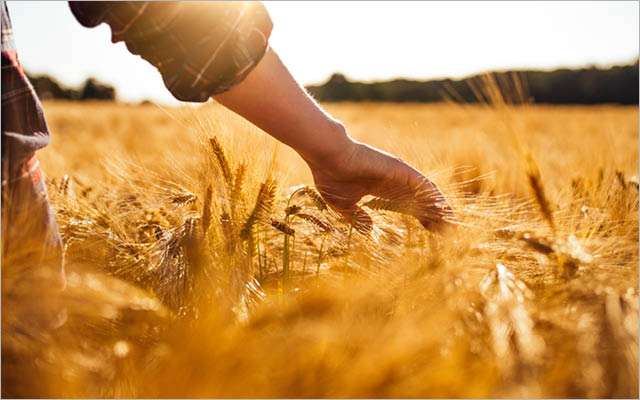Again, the easiest route is to use a guide. The Monterey Bay Aquarium Seafood Watch and EDF Seafood Selector are useful for checking the sustainability of seafood species when you’re shopping or dining out. Here are some other strategies to use.
Expand your palate. Shrimp, salmon, pollock, cod, crab, canned tuna, and clams make up the majority of seafood consumed in the United States. Choosing less-mainstream fish can help ease pressure on popular favorites and allow their stocks to rebound.
Try smaller, more abundant species. Think anchovies, sardines, and mackerel, which are caught sustainably and also provide plenty of healthy omega-3 fats.
Still, moderation matters. Although smaller fish are more sustainable, they’re also central in many subsistence and traditional diets, and they’re becoming increasingly unavailable to those who rely on them daily.
“If fish that were once caught in sustainable quantities by local fishers for local eaters are now being harvested by factory vessels and shipped worldwide to be eaten by wealthy people, local food security is disrupted,” notes food journalist and cookbook author Mark Bittman in Animal, Vegetable, Junk: A History of Food, From Sustainable to Suicidal.
Look for the country of origin. A 2016 survey of 28 countries found that countries with effective fishery management generally produced healthy fish stocks, while countries without fishery management featured declining stocks. The best-performing fisheries were found in the United States and Iceland; the poorest were in the Philippines, Bangladesh, China, Brazil, Thailand, and Myanmar.
“The principal responsibility is with governments to make sure that the fish caught in their waters are caught sustainably without bycatch and in a way that means they’re not destroying the environment,” notes Clover. Shop at a fish market and ask where the catch originated. Or read labels for the origin.
Look for sustainable sourcing. When you’re buying canned or frozen fish, look for companies that source seafood from fishers who use sustainable methods, such as pole-and-line fishing or reef nets, as well as selective harvesting.
Buy a share in a community-supported fishery (CSF). Like their terrestrial kin, community-supported agriculture, CSFs allow local and small-scale anglers to get a better price for their product, promote environmental stewardship, emphasize sustainable fishing practices, and protect local and regional food systems. One study found that CSFs emphasize abundant species not targeted by industrialized fisheries, encourage experimentation with lower-impact fishing methods, and help familiarize eaters with species that would otherwise be discarded.
Vote for legislators who support good fishing policy and habitat preservation. This is good for the ocean and the planet as well as recreational, subsistence, and commercial fishers. Visit the Marine Fish Conservation Network and Ocean Champions sites to learn more about the issues.
This was excerpted from “How to Find Sustainable Seafood” which was published in the June 2022 issue of Experience Life.





This Post Has 0 Comments